Category Archives for "Uncategorised"
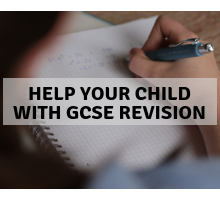
What are the best ways to revise for GCSEs? How many hours should a child spend revising? When should they start? What can I do to help them at home?
Parents ask me this question a lot. They are keen to help their son or daughter at home and ensure they are ready for their GCSEs. I have experienced GCSEs both as a parent and (of course) as a teacher. It’s time to get the lowdown on GCSE revision.
So here is my honest advice on how you can support your child through their GCSEs:
This sounds silly, I get it. The key here is to know how they work, how long they can work for, and when they work at their best. Most children will create a revision timetable that is unrealistic. They will put down 2 hours and label it ‘science’, without ever considering that they may not be able to (or even want to) work for that long.
By knowing ‘how your child works’ you can begin to encourage them to divide their revision up into realistic chunks. Would they prefer to spend 30 mins on one topic? Or would they be better completing 3 x 10 mins on 3 different topics?
How do you find this out? Well, it’s going to take some old fashioned detective work.
Consider social media / website blocking apps. You can find a great article about them here “10 Apps that block distractions”.
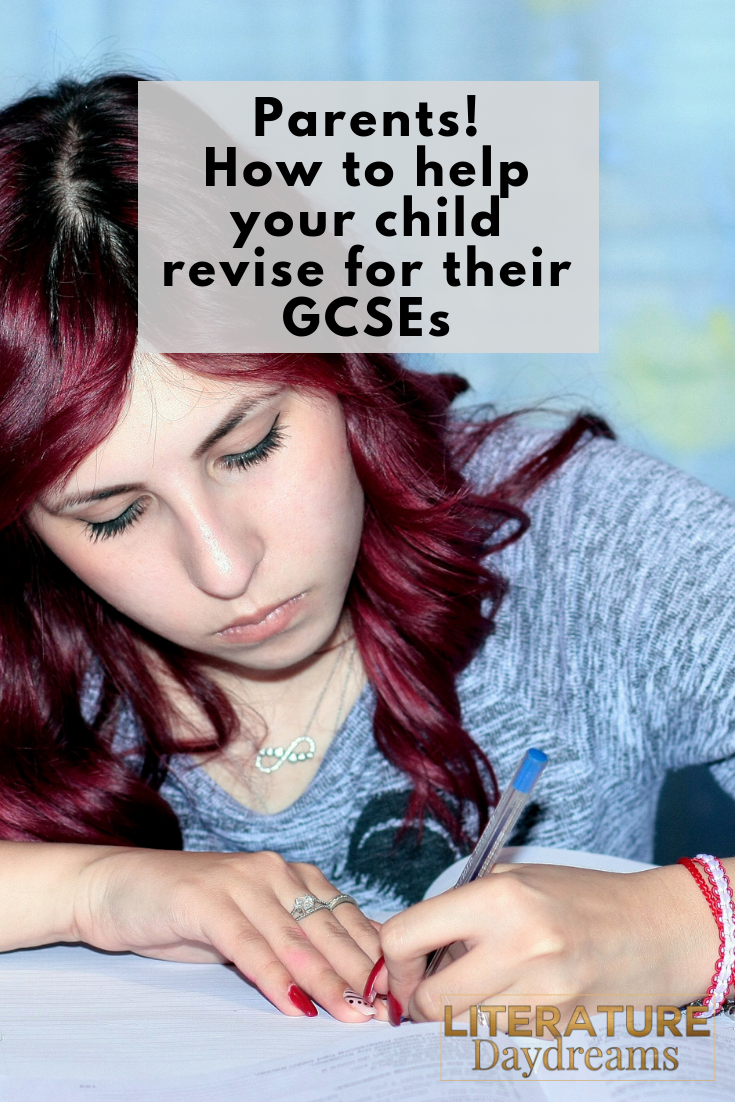
Parents! Tackle GCSE stress with my weekly tips and advice email
In this weekly email, you will receive 2 revision ideas. One for English Language and one for English Literature. As well as other tips and advice to help your teenager make the most of their revision time!
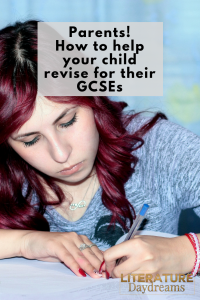
Many students mistake these two activities. They think that making lots of revision resources, flicking through their textbook or classwork book, or watching YouTube revision videos is actually revising. To a limited extent, it is. However, there is a distinct difference: getting ready to revise and then actually knuckling down and doing the learning.
Once students have a clear idea of what they need to learn. They actually have to learn it.
There is no getting away from that the fact that GCSEs require children to know a lot of facts. Gone are the days when a bit of cramming the night before and some good luck will result in a good grade. So your son or daughter will have to memorise a lot of facts, for every subject they are studying.
So what actually is revising?
You can help them work out the best way to do this. There are a few options:
Create them at home or online. I prefer the physical ones made from postcard-sized card. You can get ruled A5 ones like this*:
Or smaller ring bound ones like this*:
Anyone can test your son and daughter once the flashcards are created. It is also really easy to use them for actual exam questions. You simply write a question on one side and then write the answer on the other.
Frequently Asked Question: I’ve seen on Amazon, that I can buy pre-made flashcards for a lot of subjects. Is this a good idea?
My answer is that it depends. If you are considering these because you have a lazy child and you are desperate to help them in any way you can, then my honest opinion is that they probably won’t make any different – and – you might have more success having the fight about making them. However, if your son or daughter is genuinely struggling with the material in a subject, then it could be a good idea.
If your son and daughter would appreciate having facts and information pinned up around their room, then posters or mind-maps might be the way to go. They could organise all of the key information from one unit or sub-unit onto an A4 piece of paper and then pin up.
The keys for success here are to include both words and images. We remember information best when we see it in two form (like words and pictures). The combination of words and pictures is called dual-coding – you can read my post about it here “the power of dual-coding”.
Ensure that both the words and images to be big enough that they are visible from the other side of the room. Don’t let them be tempted to squeeze an entire textbook onto one page.
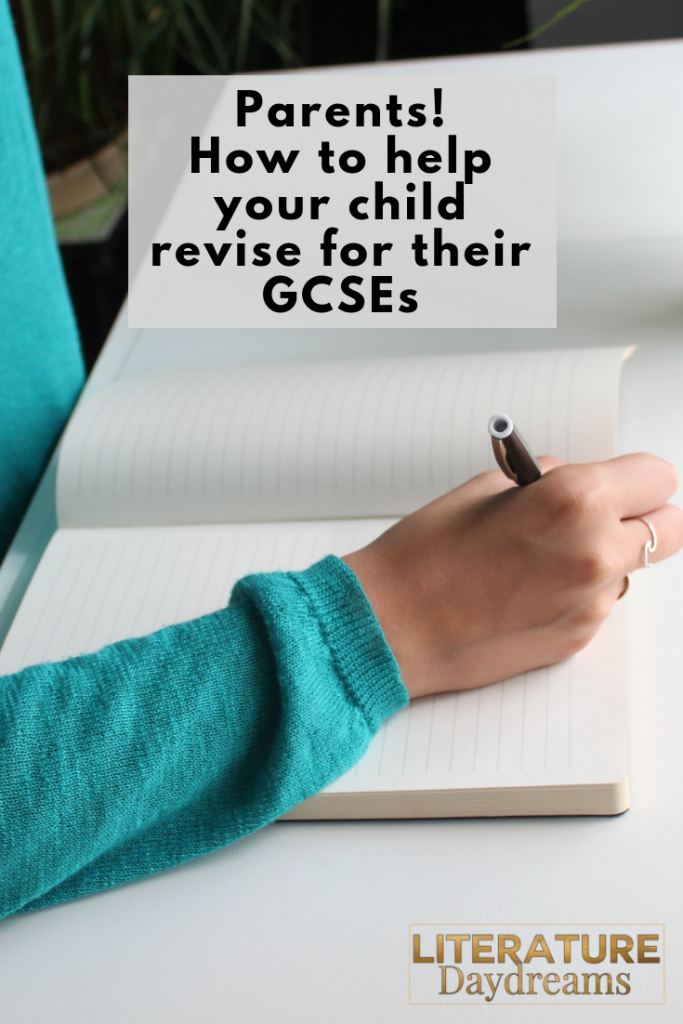
This is my favourite one. Students hugely under-utilise this strategy. It may be because they are sick of completing practice questions in class. The problem is – if you’re only writing practice answers in school, then you are never doing it completely by yourself.
As your son or daughter what EXAM BOARD they are studying for each subject, if they don’t know – get them to check.
You can find them from the relevant exam board and download them at home.
Here are the relevant links:
AQA – just click Find Past Papers
I hope you found this advice yourself. This is the first in a series of posts from me this year about revising for GCSEs.

Parents! Tackle GCSE stress with my weekly tips and advice email
In this weekly email, you will receive 2 revision ideas. One for English Language and one for English Literature. As well as other tips and advice to help your teenager make the most of their revision time!
*These are affiliate links. This doesn’t impact you or the price you pay in any way. It does mean that if you purchase using this link I get a small commission from Amazon.
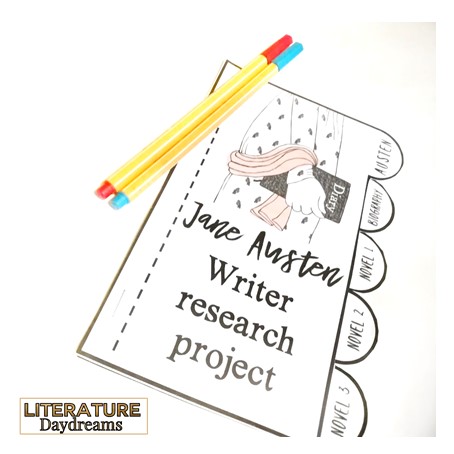
We all love a period drama don’t we? Well, you and I probably do. But your average teenager… Reading 19th century literature with classes presents us, as teachers, with a number of unique opportunities. It is at this moment that we are, probably, at our most multi-disciplinary. We are scientists – discovering electricity and inventing CPR. We are adventurers – seeking out the south pole and charting the North West Passage. We are theologians – struggling to believe in the Age of Enlightenment. We are historians – obsessed with the Classical Age, avoiding the present. We are politicians – fearing Revolution and rebellion. When I look at the 19th Century I see all the “old England” of smugglers, pirates, and highwayman and I also see all the “new England” of the factories, technology, and workhouses.
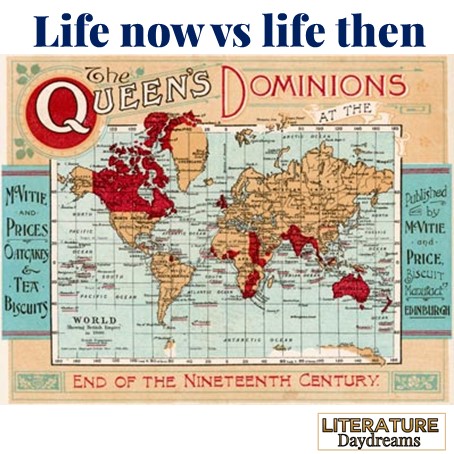 1. Starting at the beginning
1. Starting at the beginningBefore I even put a piece of 19th century literature in front of my students, I pose the question: “What is the difference between life today and life in 19th century?”. Generally, at first strike – I get only the obvious answers (people were dirty). The knowledge that my students have of history is limited. They can tell me loads about life in the workhouse, they can talk about factories. But beyond these specifics they are still in the dark. “History” says the historical novelist Dame Hilary Mantel “is what’s left in the sieve when the centuries have run through it”. The bits we pick out of the sieve to teach our younger students is pretty specific.
So what are the main differences we see:
Once we have made this list, it’s time to jump straight in and look at some writers. At this point – I might set my classes up with an author research study. Sometimes I find it is favourable for students to know in advance some of the historical and biographical details linked to a particular author. For Austen, Dickens, and Shelley, these are particular relevant.
We also tend to notice that while there are few narrative links between stories we read (A Christmas Carol -> Pride and Prejudice -> Frankenstein); we do come across the same ideas again and again. The abuse of power, the issues of social class, the treatment of the poor, the role of women in society. Each of these novels, in some way, speaks to these universal themes again and again.
Ok, so we’ve talked about the differences between now and then, we’ve met the author. We can’t put off reading the text any longer!
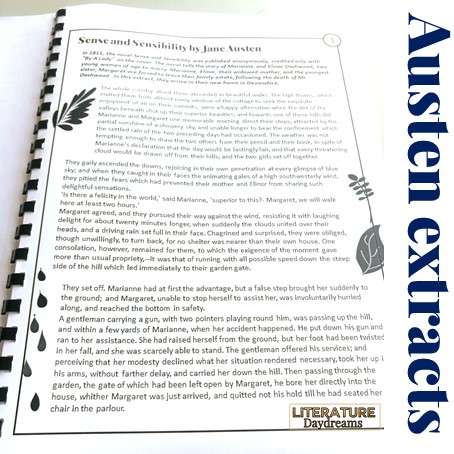
We also don’t always read full texts (shhhh don’t tell the writers!). There are some 19th century texts that our national curriculum and examination syllabi require us to study. But other than that we have free reign. However, given that many are 300+ pages and some have opening sentences that run to 100+ words, I don’t always decide to read entire novel. In fact this year, I have been teaching extracts only. Extracts from my favourite 19th century fiction and I have been BLOWN AWAY by the understanding shown by my students. This broad range has given them a far greater insight into this area of British Literature than if we had just focussed on one novel. The image above shows an extract from Sense and Sensibility that we love to study!
There are 5 skill areas that I cover when we read 19th century literature:
Developing comprehension of these extracts can take time. I don’t want to tell students what everything means, being reliant on the teacher in that way doesn’t help anyone. But – students need to know a whole bunch of stuff before they can even begin to grapple with the ideas and points of view presented in a text. For example: the language here is quite tricky. Marianne states “Is there a felicity in the world superior to this?” I kid you not when I ask classes about this sentence – they often think it is about a girl named Felicity. When we are reading we are trying to work out what is going and what can sometimes be hindered by our understanding of language. So comprehension of narrative and comprehension of language must go hand in hand.
Students are great at creating a general understanding of what is going on by themselves. They know that they won’t get it all straight away. So we do a 1-2-3 reading strategy.
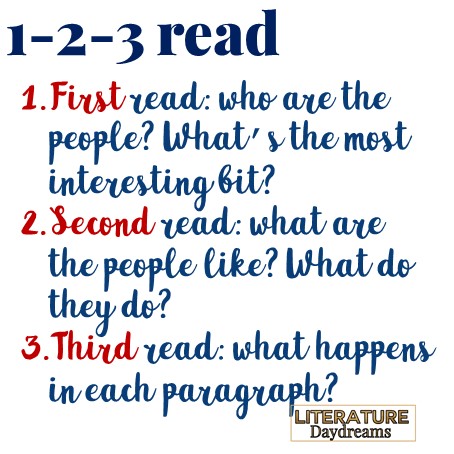
I start off by reminding students that a 500 word extract should only take about 2.5 minutes to read. I tell them, that because I love them and because it’s like “way old writing”, I’ll give them 3 minutes.
And what do you find? That despite not knowing what the word ‘felicity’ means – students have understood what happens in each paragraph. This particular extract from Sense and Sensibility is perfect for this exercise (and guess what – shhh – you can download it as a freebie here).
So now we know what is going on in the extract – we can flip back and do some word work. This is absolutely vital before we do any close analysis. It would be very easy to treat this as another dictionary task, but one issue with 19th century literature is the use of language that has slipped outside of everyday usage. Students need to grapple with these words for themselves before they can interpret another writer’s use.
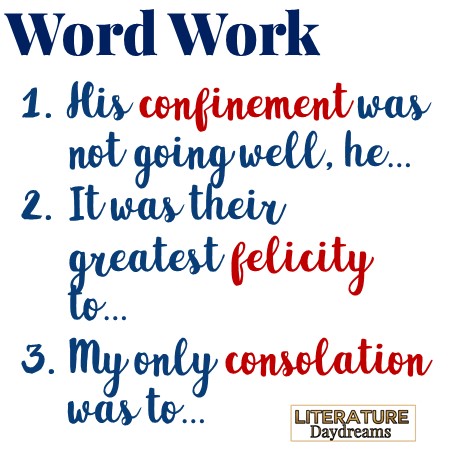
For me then this word work is 2 phrase: first the dictionary work to define and then second to use these new words (or reframed words) in their own writing. The examples above are sentence starters that I give students using the vocabulary. I do this because with this students are more likely to use language correctly with this additional support, than if asked to just come up with their own idea.
The final area we really focus on when studying 19th century literature is syntax and sentence structure. For us in the modern age, the event of modernism, saw a revolution in sentence structure. Authors rejected the highly embellished writing of their predecessors. Modern writers use shorter sentences and fewer clauses. Students can find reading the long sentence types seen in 19th century literature a challenge. So I turn it into a puzzle or a scavenger hunt.
By teaching the syntactical structures, such as polysyndeton, cumulative, and periodic sentences, students can make sense of what they are reading, and find ways to explain its purpose.
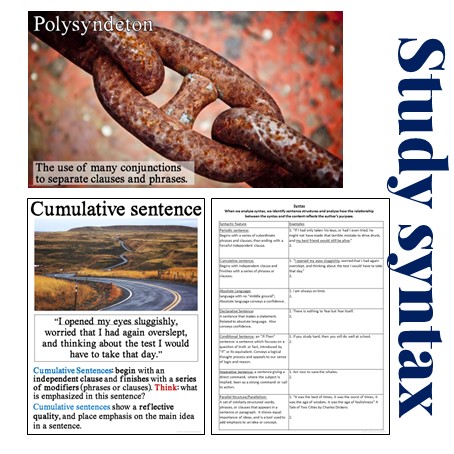 For my Maths and Science boys – literature becomes a literal puzzle, one that they can define, measure, and explain with more ease.
For my Maths and Science boys – literature becomes a literal puzzle, one that they can define, measure, and explain with more ease.
I hope these hints and tips will help you make 19th century literature come alive in your classroom. If you are interested in my resources to help deliver these ideas in your classroom please see the links below!